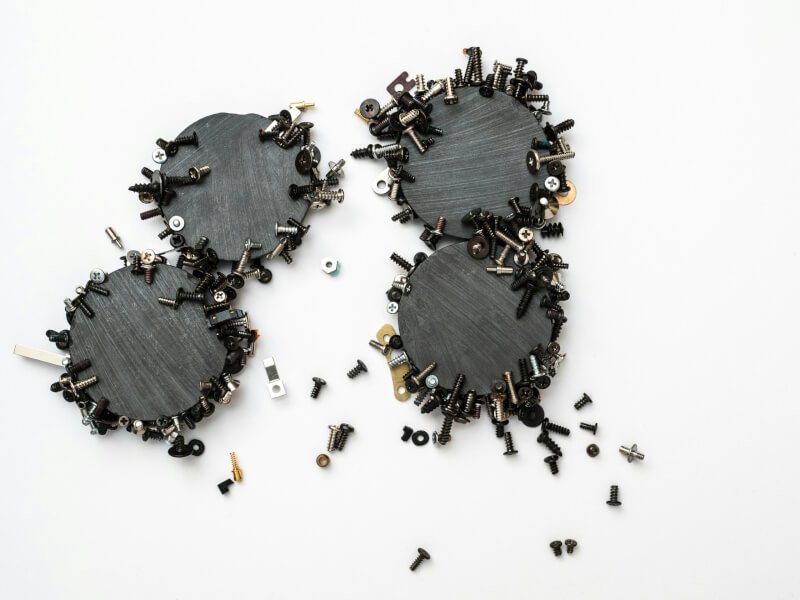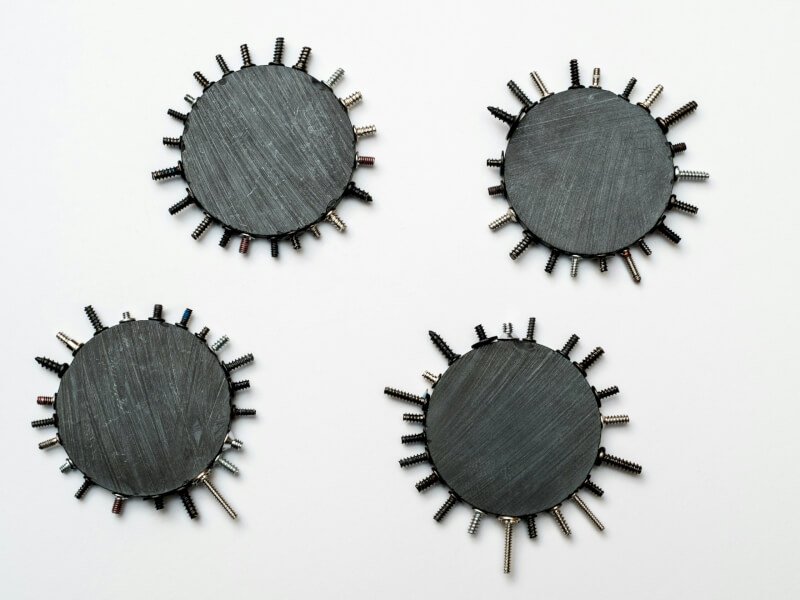In this article, you will find a treasure trove of valuable tips from the experts on how to successfully repair your RC heli. Whether you are a beginner or a seasoned flyer, accidents happen, and knowing the best ways to fix your remote-controlled helicopter can save you time, money, and frustration. From diagnosing common issues to step-by-step repair guides, these expert tips will equip you with the knowledge and confidence to get your RC heli back in the air in no time. So, grab your toolbox and get ready to become a master in heli repairs!

Check for Damage
When it comes to repairing your RC helicopter, the first step is to thoroughly check for any visible damage. Look closely at the body of the helicopter, the rotor blades, and the landing gear. Any cracks, dents, or other signs of damage should be noted. Additionally, check for loose parts that may require tightening or replacing. This initial inspection will give you a clear understanding of what needs to be fixed before moving forward.
Once you have identified any visible damage, it’s time to test the servo motors. Servos are responsible for controlling the movement of your RC helicopter, so it’s important to ensure they are in proper working condition. Test each servo by moving the controls on your transmitter and observing how the helicopter responds. If there are any issues such as jerky movements or unresponsiveness, it may be an indication that the servo motor needs to be replaced.
Replace Faulty Parts
After identifying any faulty parts during your inspection, the next step is to order replacement parts. It’s important to find the right parts that are compatible with your specific RC helicopter model. Check with the manufacturer or consult the instruction manual to determine the correct parts needed for your repairs. Once you have received the replacement parts, carefully follow the manufacturer’s instructions for installation. Improper installation can lead to further damage or malfunction, so take your time and ensure each part is correctly installed.
Clean and Lubricate
Regular cleaning and lubrication are essential for maintaining the longevity of your RC helicopter. Start by thoroughly cleaning the helicopter, paying attention to any areas that may have accumulated dirt or debris. Use a soft cloth and mild cleaning solution to gently wipe down the body, rotor blades, and all other components. After cleaning, it is important to apply lubricant to the moving parts of the helicopter. This includes the rotor head, swashplate, and any other parts that require smooth movement. Be sure to follow the manufacturer’s recommendations for the type of lubricant to use and how to apply it properly.
Calibrate the Controls
Properly calibrating the controls of your RC helicopter is crucial for achieving optimal performance. Begin by checking the transmitter settings and ensuring they match the recommended settings for your specific helicopter model. The next step is to adjust the trims and endpoints. Trims help fine-tune the helicopter’s response to control inputs, while endpoints define the range of movement for each control. Experiment with different trim and endpoint settings to find the best balance for smooth and precise control. Once you have made the necessary adjustments, perform a test flight to gauge the helicopter’s calibration and make further adjustments if needed.

Troubleshoot Electrical Issues
Electrical issues can often arise in RC helicopters, but with some troubleshooting, they can be resolved. Start by checking the battery connections to ensure they are tight and secure. Loose connections can lead to power loss and affect the performance of your helicopter. Additionally, test the battery voltage to ensure it is within the recommended range. Low voltage can result in decreased flight time and may indicate a faulty battery. Lastly, inspect the electronic speed controller (ESC) for any signs of damage. The ESC regulates the motor’s speed, and any issues with it can cause abnormal motor behavior. If you spot any problems with the ESC, consider replacing it to ensure smooth and reliable operation.
Fix Flying Stability Problems
If you notice your RC helicopter experiencing flying stability problems, there are several steps you can take to address the issue. First, adjust the gyro settings. The gyro is responsible for stabilizing the helicopter’s attitude during flight, so fine-tuning its settings can greatly improve stability. Next, balance the rotor blades. Imbalanced blades can cause vibrations and erratic flight behavior. Use a blade balancer to identify any imbalances and add small amounts of tape or adhesive to achieve balance. Lastly, check and adjust the pitch and throttle curves. These settings determine how the helicopter responds to collective and cyclic inputs. Experimenting with different curve settings can help achieve smoother and more stable flight performance.

Repair the Main Rotor System
The main rotor system is a critical component of your RC helicopter, and any damage or issues with it should be addressed promptly. Begin by inspecting the rotor blades for any signs of damage. Cracks, chips, or warping are indications that the blades need to be replaced. Additionally, check for any bent shafts or damaged bearings in the rotor head assembly. These can affect the helicopter’s stability and overall performance. If you encounter any issues with the rotor head assembly, it may be necessary to replace damaged components. Finally, balancing the main rotor assembly is crucial to minimize vibrations and ensure smooth operation. Use a balancing tool to identify and correct any imbalances in the blades, main shaft, and other rotor system components.
Fix Landing Gear Issues
The landing gear bears the brunt of the impact when your RC helicopter lands, so it’s important to check and repair any issues with it. Inspect the landing gear for any signs of damage, such as cracks, breaks, or deformation. If you notice any damage, it is crucial to repair or replace the landing gear to ensure safe landings. Additionally, check and adjust the skid height. An uneven skid height can affect the helicopter’s stability during takeoff and landing. Use the manufacturer’s instructions to make any necessary adjustments to the skid height to ensure a level and stable landing experience.

Resolve Radio Interference
Radio interference can disrupt the signals between your transmitter and RC helicopter, leading to control issues and accidents. To resolve this problem, start by checking for nearby sources of interference. Keep your RC helicopter away from power lines, other electronic devices, or any structures that may disrupt the signal. If you are still experiencing interference, consider using an isolation filter. This device filters out unwanted frequencies and can greatly improve the signal quality. Additionally, upgrading to a higher-quality transmitter can also minimize the risk of radio interference and provide a more reliable connection between you and your RC helicopter.
Utilize Online Resources
Repairing an RC helicopter can sometimes be a complex task, but fortunately, there is an abundance of online resources available to help you. Joining RC heli communities and forums can connect you with experienced hobbyists who can provide valuable advice and guidance. These communities often have a wealth of knowledge and can offer troubleshooting tips specific to your helicopter model. Additionally, watching tutorial videos can provide step-by-step instructions and guidance for various repair tasks. Many experienced hobbyists share their knowledge through these videos, making it easier for you to learn and understand the repair process. Don’t hesitate to seek advice and resources from these online platforms to make your repair journey smoother and more successful.
In conclusion, repairing your RC helicopter requires a comprehensive approach that includes checking for damage, replacing faulty parts, cleaning and lubricating, calibrating the controls, troubleshooting electrical issues, fixing flying stability problems, repairing the main rotor system, addressing landing gear issues, resolving radio interference, and utilizing online resources. By following these expert tips and taking the time to properly repair and maintain your RC helicopter, you can ensure its longevity and enjoy many more successful flights in the future. Happy repairing!


